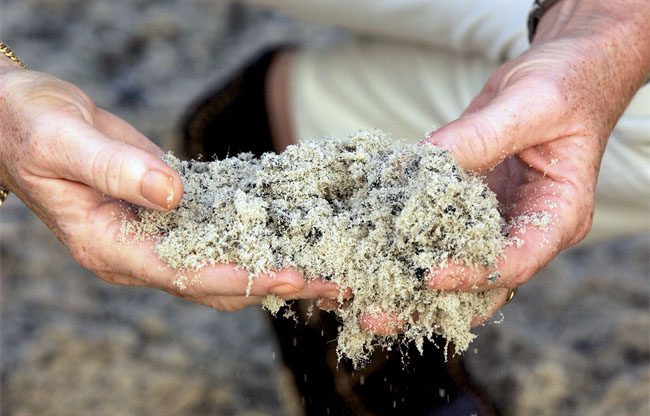American Farriers Journal
American Farriers Journal is the “hands-on” magazine for professional farriers, equine veterinarians and horse care product and service buyers.

While the makeup of synthetic track ingredients varies among the four major brand surfaces, most are a mixture of sand, oil, jelly, rubber and wax.
Many track farriers are convinced that the foot doesn’t slide as effectively on synthetic racing surfaces as on dirt or grass. In some instances, increased breakover problems have led to serious concussion-style injuries on these tracks, which are patented mixtures of sand, oil, jelly, rubber, wax and numerous other ingredients.
“Overall, both people and horses seem to like the synthetic tracks,” says Mitch Taylor. “But there appears to be more shoe wear on the new track surfaces.”
The operator of the Kentucky Horseshoeing School in Mt. Eden, Ky., says the shoe wear issue is related to the unusual materials used in the synthetic surfaces. “Silica sand is one of the components found in many of these synthetic track surfaces, and it is really abrasive and can quickly lead to excessive shoe wear,” he says. “Both cold and hot conditions also affect some track surfaces.”
Taylor is convinced that track farriers might want to provide slightly less traction on the hind feet. “Maybe something like a mini-sliding plate would work better, but most trainers wouldn’t be willing to try this idea,” he says.
With the synthetic surface that was installed at Keeneland in Lexington, Ky., Steve Norman definitely sees considerably less sliding of the horse’s foot than on a dirt track. Keeneland put in a Polytrack surface on its training track in September…